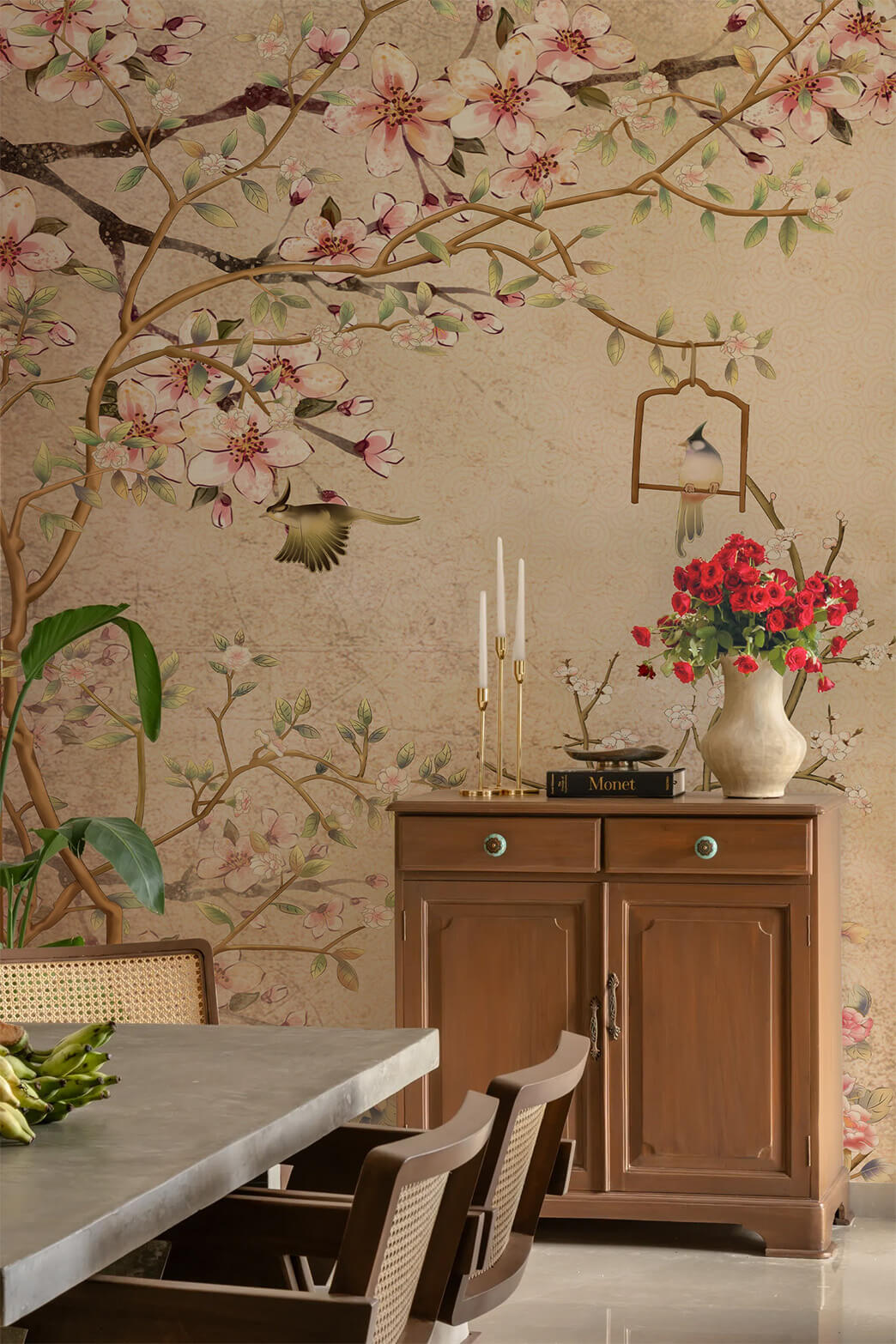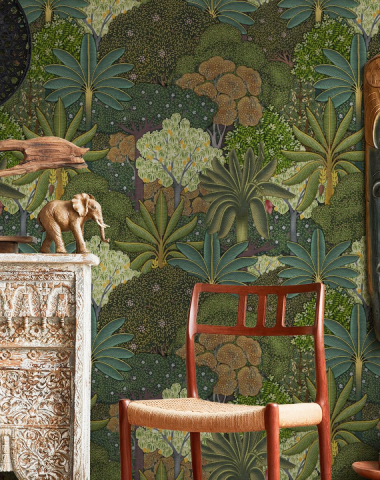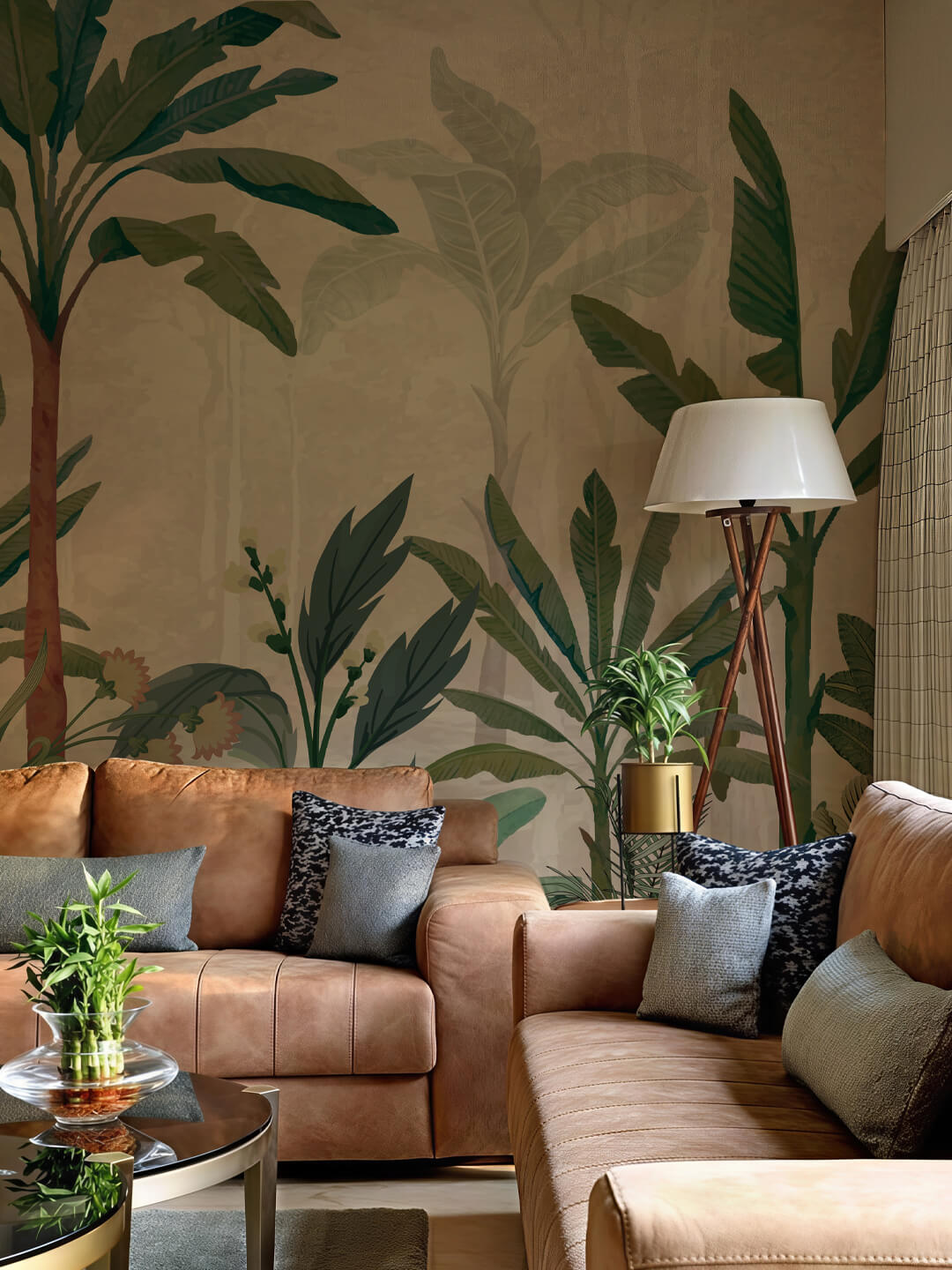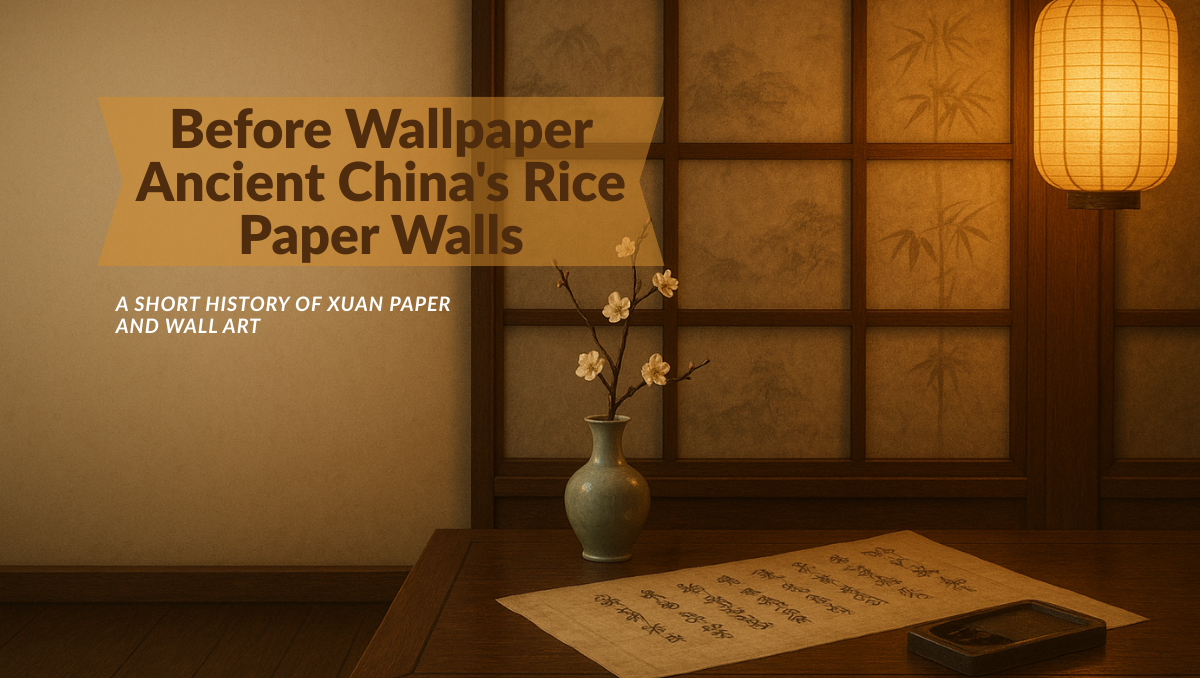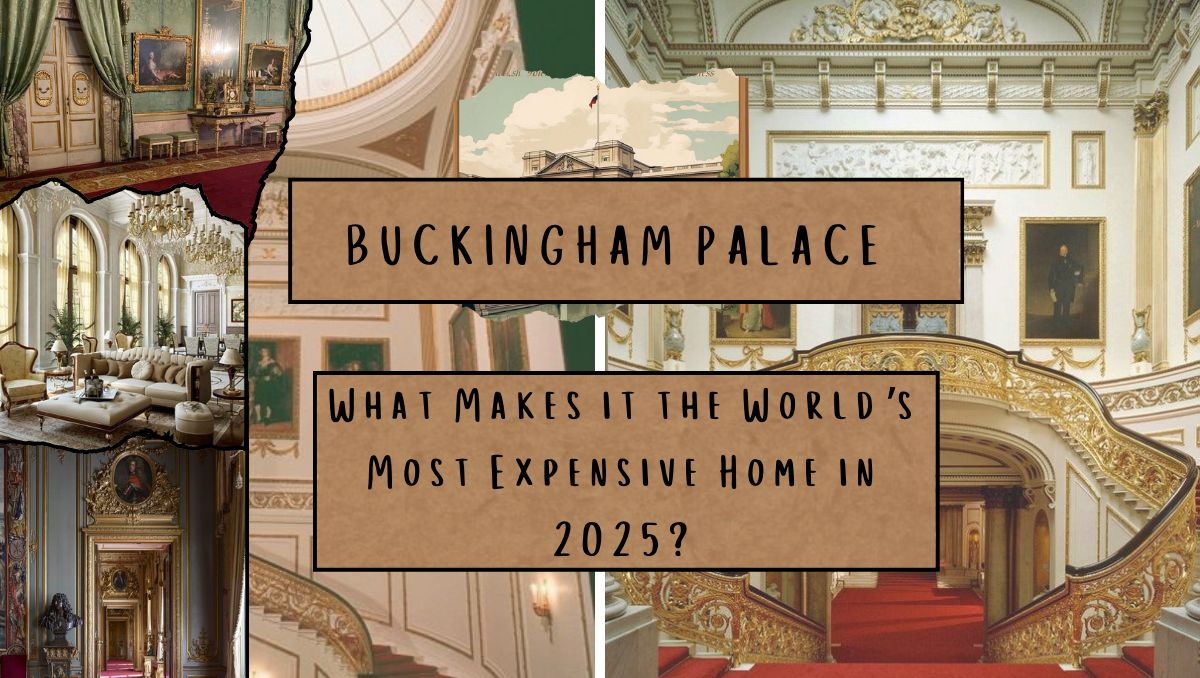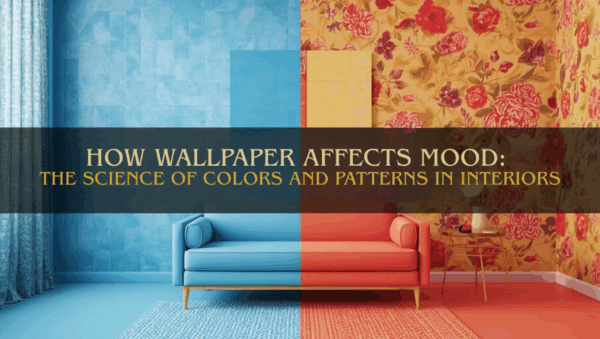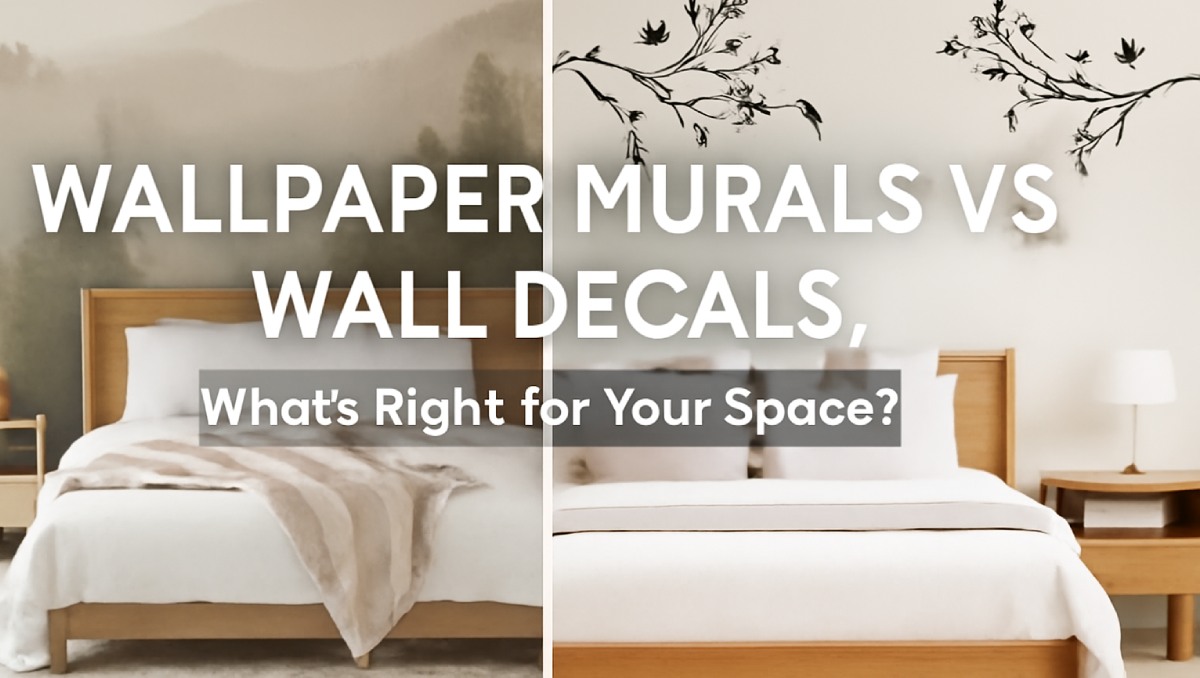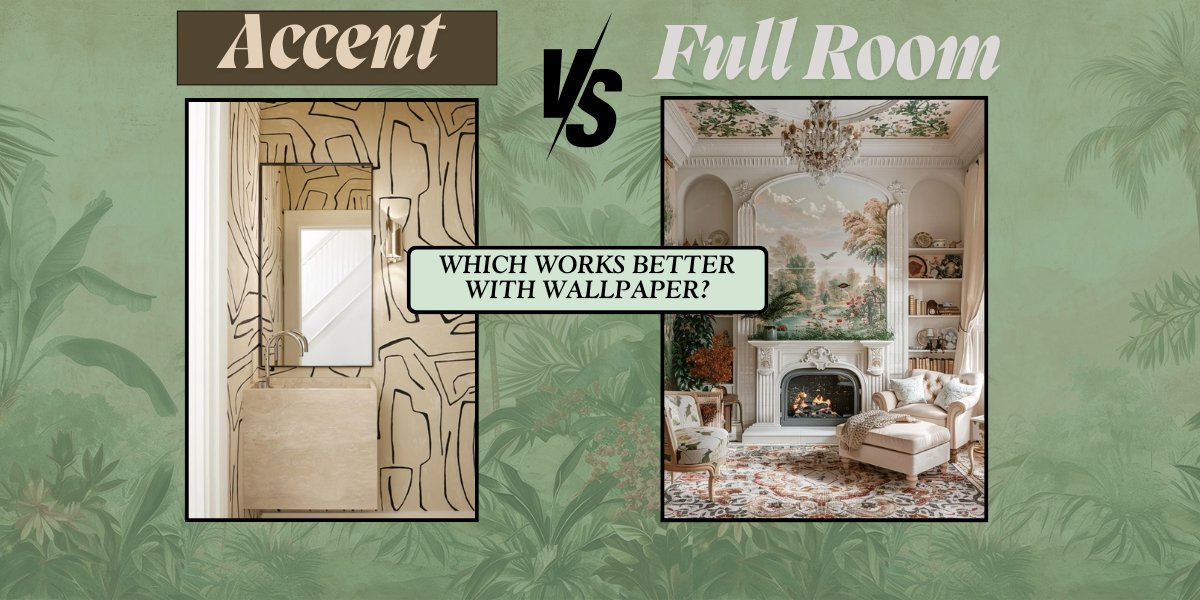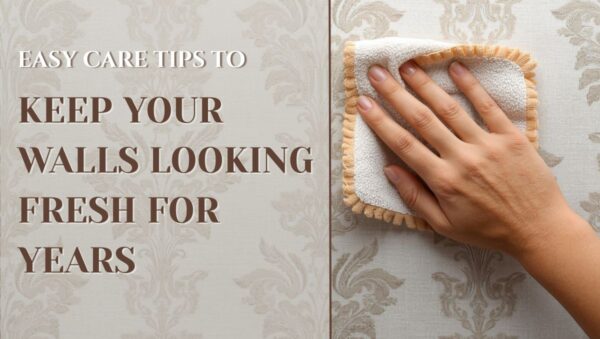Today, we think of wallpaper as a bold design statement—vibrant patterns, soothing textures, and customized murals that bring any space to life. But did you know that centuries before modern wallpaper took over Pinterest boards, ancient Chinese artisans were already transforming plain walls into works of art—with something as delicate and humble as rice paper?
Welcome to a journey back in time, where we peel back the layers (pun intended) of wall decor history and uncover how ancient China set the stage for the wallpaper revolution.
What Is Rice Paper, Really?
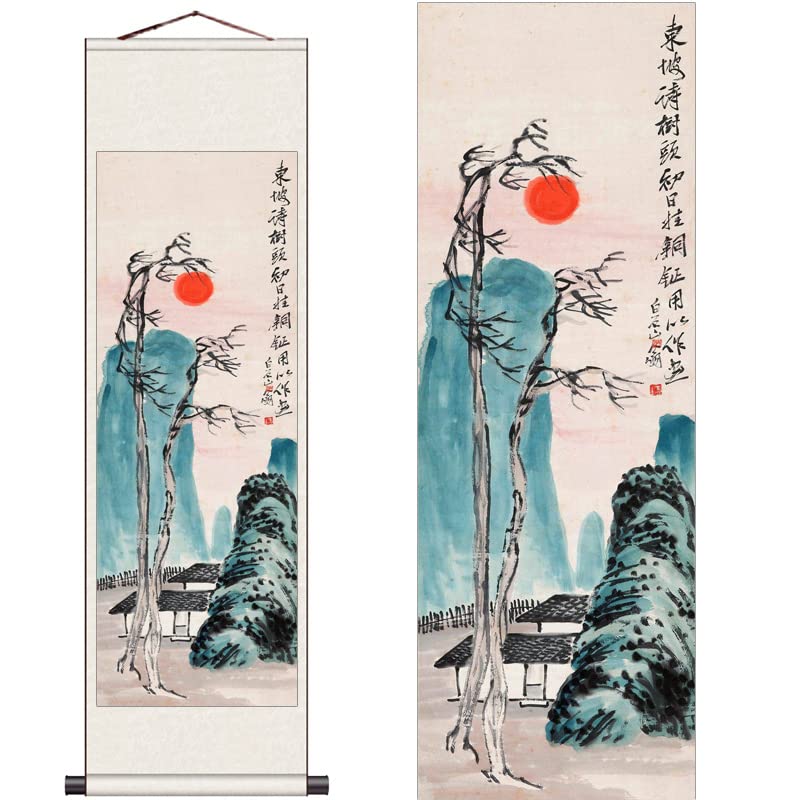
First things first—let’s clear up a common misconception: traditional Chinese “rice paper” isn’t made from rice.
- It’s actually made from the bark of the Tetrapanax papyrifer plant, also known as the “rice paper plant”
- The bark is peeled, soaked, and then pressed into thin sheets using wooden boards
- These sheets were prized for their smooth texture, semi-transparency, and strength
While originally used for calligraphy and painting, rice paper eventually found its way onto walls—especially in wealthy households and scholarly spaces.
Why Use Rice Paper on Walls?

1. Aesthetic Appeal
Ancient Chinese interior aesthetics were rooted in harmony and minimalism. Rice paper’s delicate appearance was perfect for creating serene, elegant spaces.
- It added a soft, diffuse glow to rooms
- Its semi-translucency allowed for interaction with natural light
- Often paired with wooden beams and natural fibers
2. Surface for Art
Walls were not just architectural boundaries—they were canvases.
- Artists would hand-paint landscapes, floral motifs, birds, and poetry directly on rice paper
- It served as a medium for expression, much like frescoes in Renaissance Europe
- These artworks would often reflect seasonal changes, Taoist philosophy, or Confucian values
3. Easy to Replace
Unlike permanent murals, rice paper sheets could be replaced or refreshed when faded or damaged, making it a practical choice for dynamic décor.
Where Was It Commonly Used?
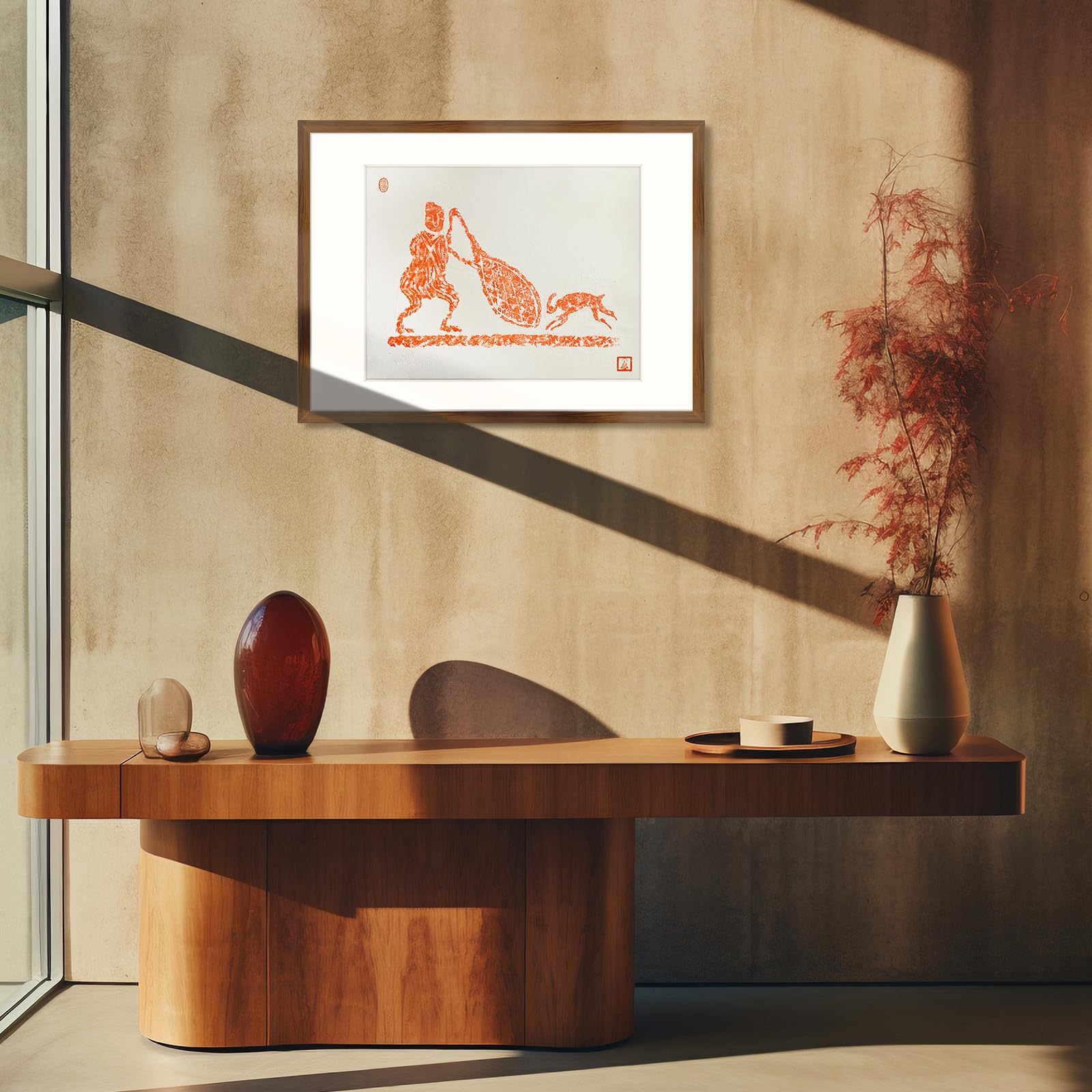
Rice paper wasn’t slapped onto walls randomly. It had a special place in:
- Scholar’s studios (Wen Ren Zhai): Rooms designed for contemplation, calligraphy, and study
- Tea rooms and reception halls: Spaces meant for guests, where elegance was essential
- Temples and meditation spaces: To create a calming spiritual ambiance
Homes with wood-paneled interiors often used rice paper in sliding doors (fusuma or shoji in Japan, a concept that originated from Chinese room dividers), offering both light diffusion and artistic flair.
Techniques Used to Beautify with Rice Paper
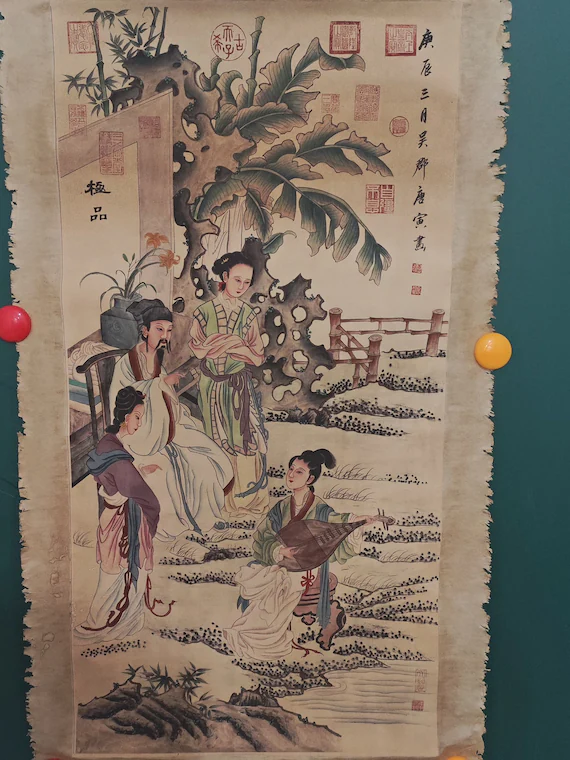
1. Hand Painting
Most common form. Artists would directly paint on mounted rice paper sheets before affixing them to walls or room dividers.
- Popular themes: mountains, plum blossoms, bamboo, and cranes
- Styles ranged from minimalist ink wash to colorful, detailed illustrations
2. Block Printing
As printing technology evolved during the Tang and Song dynasties:
- Artisans began carving intricate woodblocks to stamp repeating patterns
- These printed rice papers mimicked what we’d now call patterned wallpaper
3. Layering with Silk
In luxurious settings, rice paper was layered with silk fabrics, adding texture and sheen. This also extended the life of the wall treatment.
Symbolism Embedded in Designs
Chinese interior aesthetics weren’t just about beauty—they were deeply symbolic.
Here are a few common motifs used on rice paper wall décor and their meanings:
| Motif | Symbolism |
| Peony | Prosperity, honor, and romance |
| Crane | Longevity and wisdom |
| Bamboo | Resilience, flexibility, humility |
| Mountains | Stability and spiritual power |
| Plum Blossoms | Hope and renewal in hardship |
So when someone chose a specific design to adorn their wall, it wasn’t just for the ‘vibe’—it was a conscious nod to culture, values, and aspirations.
The Cultural Philosophy Behind It

Chinese wall décor was shaped by Confucianism, Taoism, and Buddhism:
- Confucian ideals valued harmony, education, and self-improvement—reflected in the calm, uncluttered design of scholar’s walls
- Taoism emphasized balance with nature—hence the love for natural landscapes and plant motifs
- Buddhism encouraged inward reflection—rice paper walls with minimalist brushstrokes helped create meditative environments
From Rice Paper to Modern Wallpaper
So how did we go from rice paper to printed vinyl or peel-and-stick murals?
- Global influence: As trade between East and West grew during the 17th century, European visitors were fascinated by Chinese interiors and brought those ideas back home
- Chinoiserie trend: This fascination birthed a trend in European décor mimicking Chinese aesthetics—often painted on paper or silk
- Wallpaper invention: Over time, local artisans in Europe began mass-producing wallpapers inspired by Chinese rice paper walls
In short, rice paper designs sparked a global movement in wall decor!
Why This Still Matters Today
While modern wallpaper is far more durable and customizable, we’re seeing a revival of ancient inspirations in contemporary décor:
- Rice paper-inspired textures in minimalist or Japandi-style interiors
- Nature-based themes and hand-drawn motifs in wallpapers
- Custom wall murals mimicking the storytelling nature of ancient hand-painted rice sheets
Even though the materials have evolved, the philosophy of wall storytelling remains.
Tips If You Want to Embrace Rice Paper Vibes Today

While traditional rice paper may not hold up to daily wear and tear, you can still get the look:
- Choose rice-paper-effect wallpapers with textures that mimic handmade paper
- Opt for Asian-inspired motifs like cranes, cherry blossoms, or ink-brushed landscapes
- Use calming neutral tones like ivory, sand, and sage to echo Zen minimalism
- Install as an accent wall in a meditation corner, reading nook, or bedroom
Where Art Met Everyday Life
Long before mass production made wallpaper accessible to the masses, ancient Chinese homes treated walls as blank canvases for art, culture, and intention. Rice paper wasn’t just a surface—it was a storyteller, a mood-setter, and a bridge between beauty and meaning.
So the next time you admire a beautifully wallpapered wall, remember: it’s not just design. It’s part of a global lineage of self-expression. And it all started with a simple sheet of rice paper.


